PVA adhesives - aracite or wood adhesives, as they are also known - are water-based, so the humidity and temperature in the workspace influence both their characteristics and the parameters of adhesion. About winter behavior we have talked about several times, because there is a risk that adhesives can freeze, leading to loss of quality. But also high temperatures and high humidity in summer can influence adhesive behavior and bonding parameters.
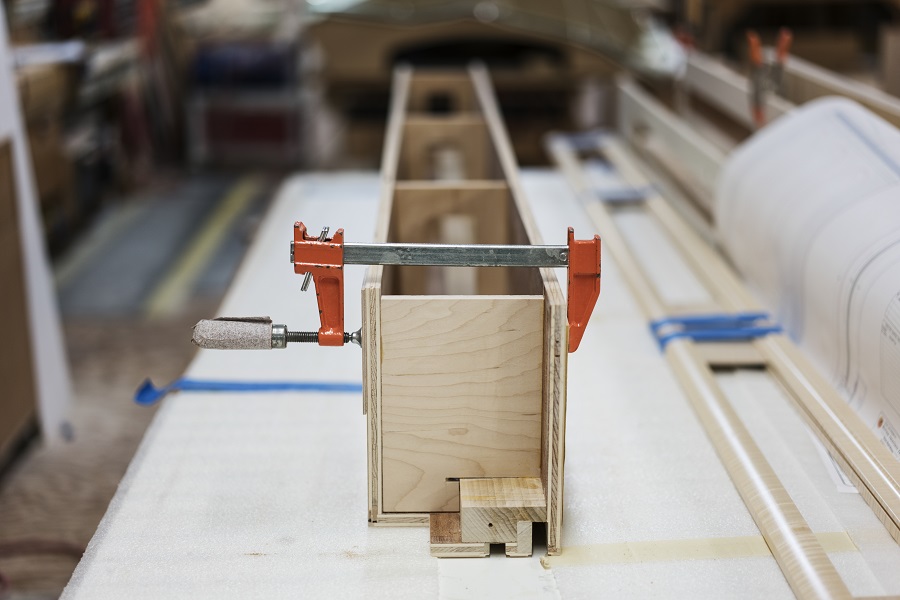
Phase (socket) open time
We already know that PVA adhesives are aqueous dispersions. This causes the molecules of polyvinyl acetate (polyvinyl acetate PVA, adapted from Anglo-Saxon) to float apart in water. The distance prevents them from reacting, which is the prerequisite for them to become the glue that binds two or more pieces of wood or other materials (textiles, paper, even wood to concrete or wood to brick).
When bonding takes place, the glue applied to the objects to be bonded needs time for some of the water to evaporate and the reaction to start. This time is called phase (socket) openis around 10 minutes and you will find it mentioned in the technical data sheets or on the product label. After this time, the pieces of wood are brought into contact, clamped in clamps or presses and left for the time needed for the glue to harden, joining the two pieces together. The gluing can be done cold (the presses are at room temperature) or hot (presses with heating possibilities). If the joining of the pieces of wood is done too quickly, the press time may be prolonged, and if it is done exceeding the open-press time it is possible that breaks in the glue film may occur.
In very hot summer periods, if a constant temperature of 20-24°C cannot be maintained in the workshop/factory, the setting time is reduced because water evaporates faster. If there are draughts in the workspace and the deposited layer is very thin drying can be very rapid. When the parts to be bonded come into contact, they are no longer tacky as the adhesive has already cured. Therefore, the adhesive layer should not be very thin, the open tack time should be reduced or PVA adhesives with a longer tack time can be used.
Szolvegy, the brand distributor TISZABOND, recommends for days with high temperatures to use the adhesive TISZABOND D3 I 3010with a setting time of 15 minutes. It is a D3 adhesive with very good moisture resistance and can be used both for bonding objects in damp indoor and outdoor environments in mild climates or sheltered areas (on covered terraces or under awnings). The adhesive forms an elastic and transparent film, the bond line is virtually invisible.
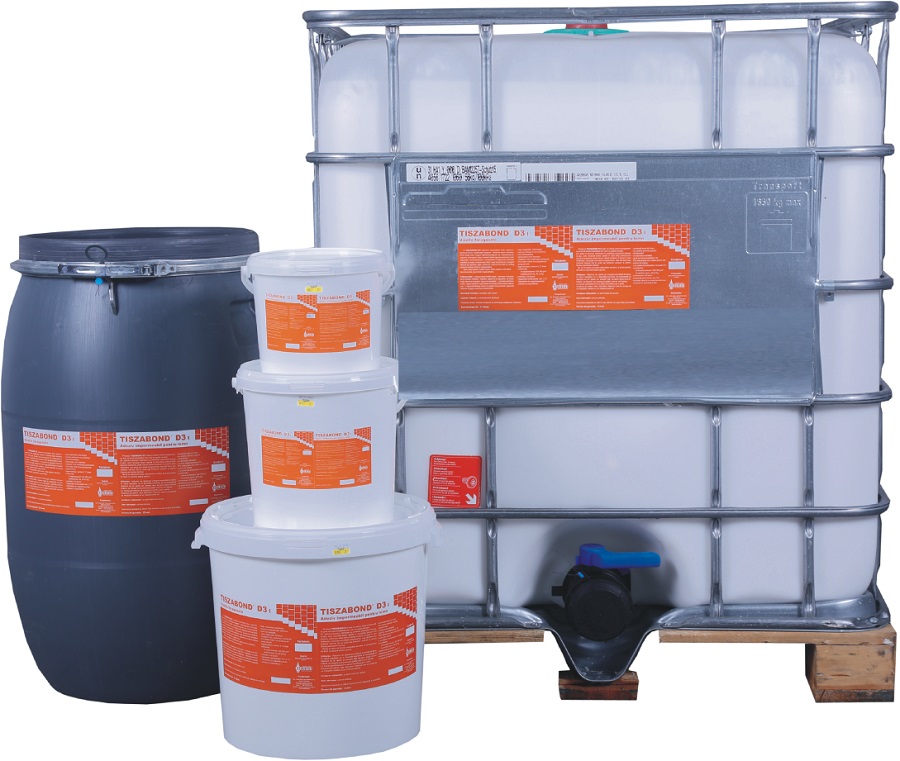
Problems with high humidity
Very high humidity without proper ventilation in the workspace can create problems. After the adhesive is applied and the open phase occurs, the water molecules in the adhesive begin to escape. If there are no air currents, they remain on top of the adhesive layer, preventing other molecules from escaping. This is called vapor pressure. This is what happens in summer, after it rains, when the wind is blowing and the streets dry immediately. At the same temperature, but without wind, the streets continue to be wet for a long time.
When the humidity in the atmosphere is high, water molecules are already on top of the adhesive layer and prevent water from escaping. Simple ventilation, without a system to ensure a certain level of humidity in the air, doesn't help much because the air is oversaturated with water molecules. By ventilating, you replace one layer of water molecules with another, and the water in the adhesive still cannot get out. The setting time increases, and will be longer the thicker the layer deposited.
Wood moisture content is also important in this equation. Some of the water in the adhesive layer is absorbed by the wood. If the humidity of the wood is high, the absorption is low and the bond is not strong. This is what happens when wet wood is glued. In this case it is better to use a polyurethane adhesive. If the humidity is very low, a large amount of water is absorbed into the wood and the setting time decreases.
When the humidity in the air is high it is recommended to use properly dried wood, surfaces should be prepared (sanded) just before gluing to ensure the necessary absorption, thick coats of adhesive should not be applied, and the setting time should be increased by 1-3 minutes (determined by trial and error).
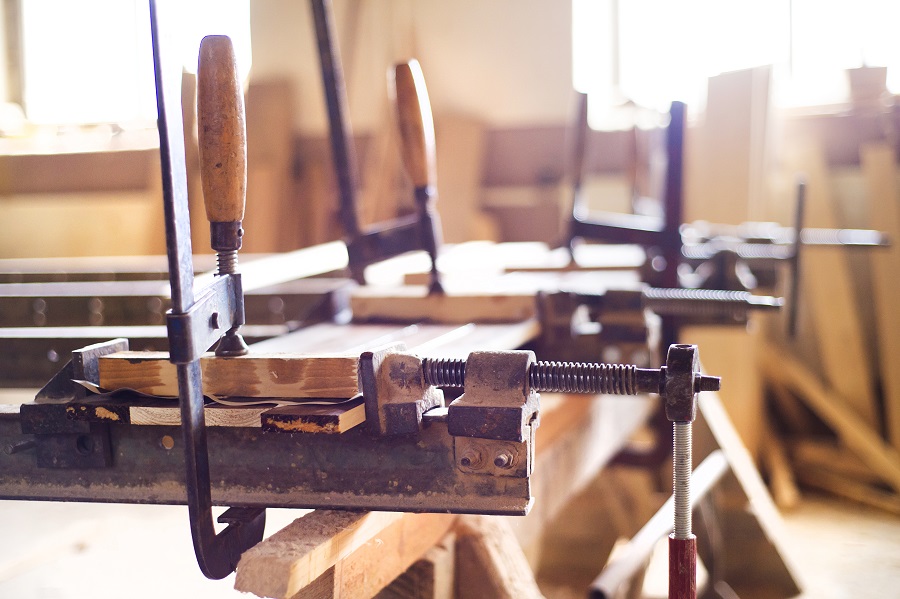
Summer storage and transportation
As with low temperatures in winter, storage of adhesives in summer should be done according to the manufacturer's instructions. Storing PVA adhesives in very high temperatures will shorten the guarantee period. This time is further reduced if unsealed containers are stored in such spaces, even if the lid has been replaced. At the time of factory sealing, there is a small over-pressure in the container which maintains the original composition of the product even if the temperature rises. If the overpressure no longer exists (by unsealing the package), at high temperatures some of the water escapes from the mixture and allows the adhesive molecules to come together. When the packaging is reopened, the adhesive will react much more quickly, often hardening in the packaging itself. It is therefore recommended to store adhesives in cool, ventilated areas.
The transportation of adhesives during the summer should also be done in such a way that they do not stand for long periods at high temperatures. Air-conditioned cars are recommended for long-distance travel. To avoid problems both in summer and in winter, Szolvegy's representatives state that they use only air-conditioned cars for the transportation of adhesives to customers and distributors.
Although aracite-type adhesives are easy to use and do not require special conditions, being water-based they are sensitive to extreme temperatures and high atmospheric humidity. It is advisable to follow the manufacturers' instructions for application, storage and transportation to obtain durable and quality adhesives.
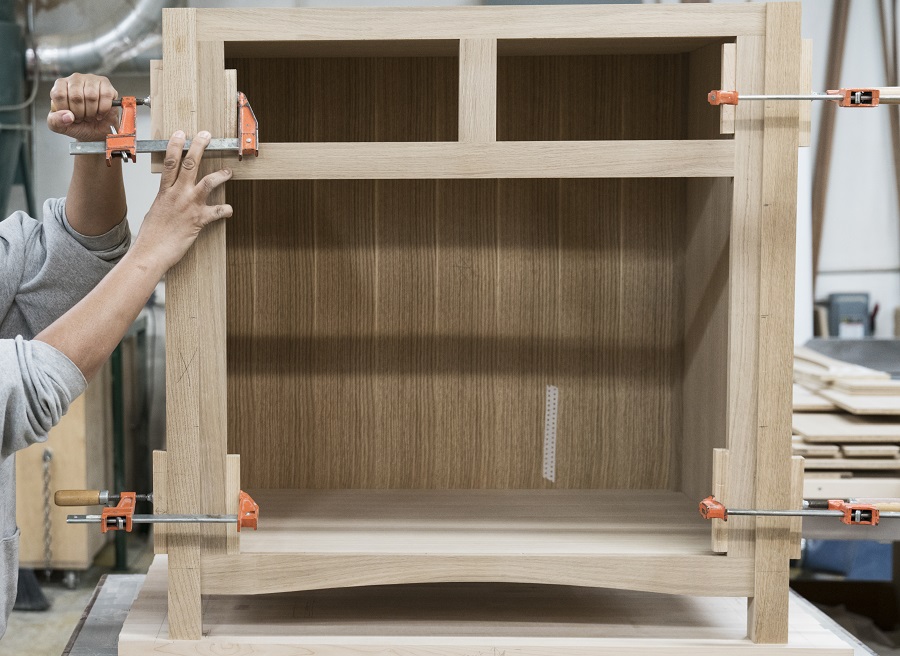

























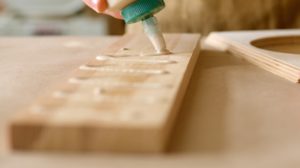

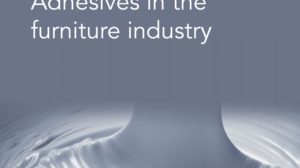
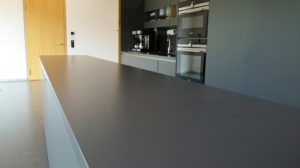

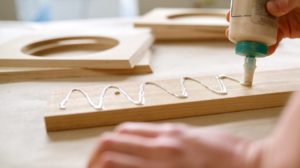
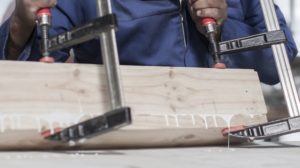
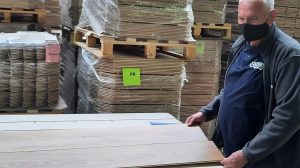



Add comment